In strawberry and other crop field soils, growers and PCAs may occasionally see small “worms” wriggling around and near the roots and crowns of plants and sometimes around ungerminated seeds. Concern is sometimes expressed that these worms might be plant parasitic nematodes that could damage strawberry or other crops. There is good news here: if one is able to see these worms without using a hand lens or other magnifier, these worms are not parasitic to plants.
Worm samples submitted to our UCCE offices over the years have all turned out to be a type of soil and water organism called an oligochaete worm (which is in the taxonomic group Annelida). These small worms are large enough to see without magnification (Fig. 1), are whitish to translucent in appearance, and move vigorously when disturbed. Examination with a microscope is needed to confirm the identification; the worm body is made up of segments (Fig. 2), with each segment bearing small external spines or seta (called chaeta) (Figs. 3 and 4). Oligochaetes are much larger than the parasitic nematodes that attack plants (Fig. 5).
Closely related to earthworms, these small oligochaetes are found in wet areas such as puddles of standing water and moist soils. Like earthworms, they feed by ingesting sediment and soil particles and digesting nutrients from organic matter and bacteria. Oligochaetes may therefore be found in large numbers in soil around organic substrates, rotting plant materials, and other food sources.
Attached Images:
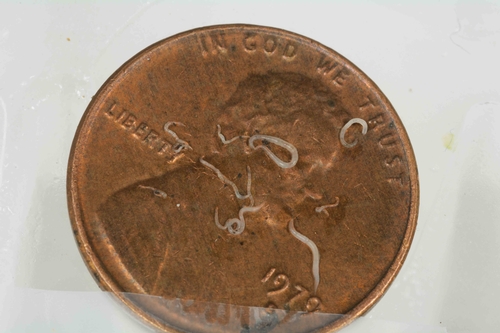
Figure 1. Oligochaetes are fairly easy to see without magnification. Photo by Steven Koike, UCCE.
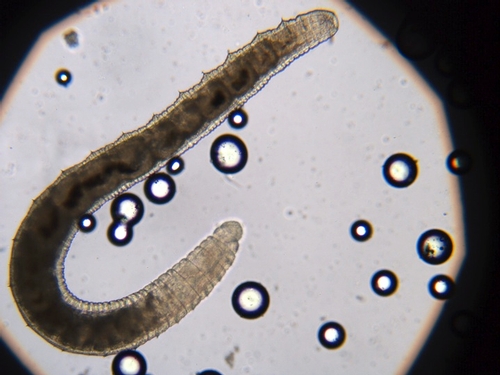
Figure 2. Oligochaetes are characterized by segmented bodies. Photo by Steven Koike, UCCE.
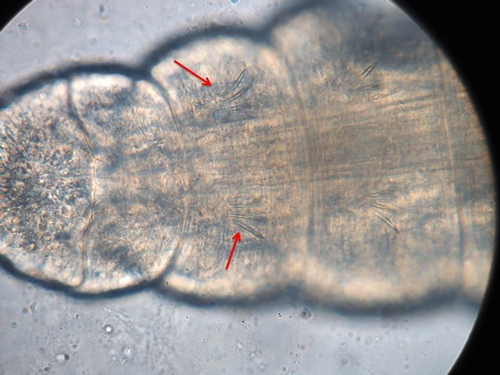
Figure 3. For oligochaete worms, each body segment bears characteristic spines or chaeta. Photo by Steven Koike, UCCE.
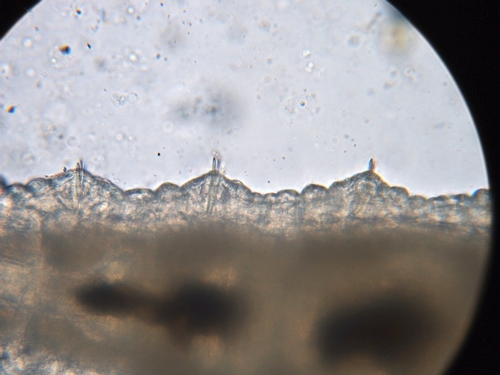
Figure 4. For oligochaete worms, each body segment bears characteristic spines or chaeta. Photo by Steven Koike, UCCE.
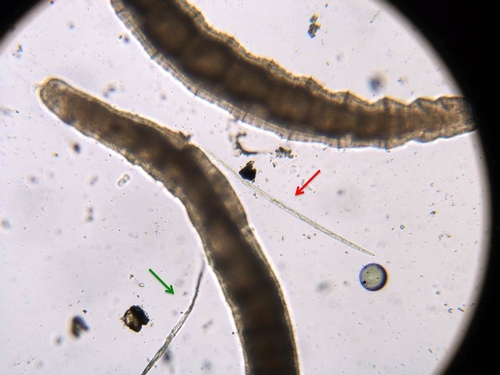
Figure 5. Oligochaetes are much larger than the parasitic nematodes (shown here is an Aphelenchoides species of nematode, red arrow) that attack plants. Object in bottom left is a single fiber from a paper towel (green arrow). Photo by Steven Koike, UCCE.